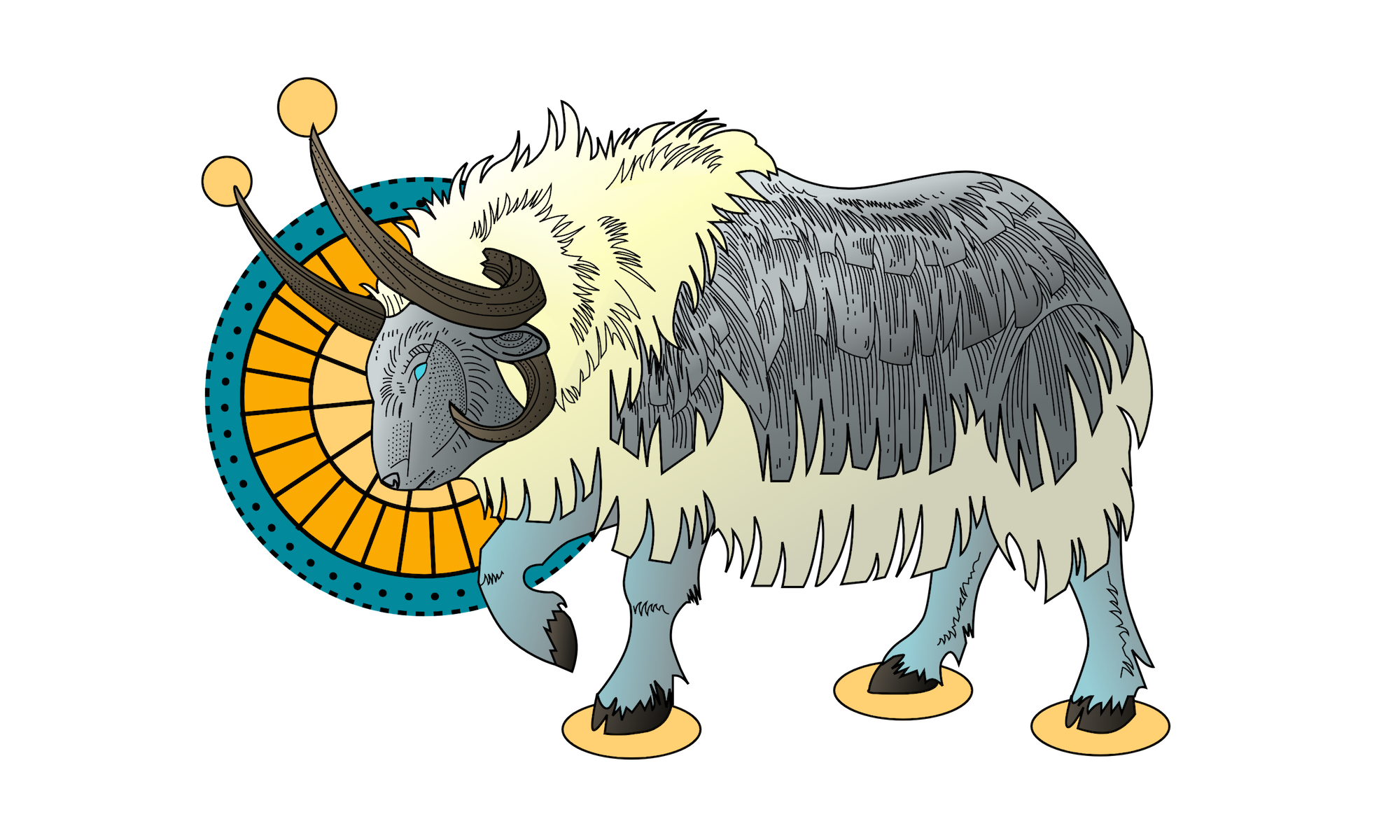The Vengeful Style
Soul-shredding fel magic tanks.
Vengeance Demon Hunters are an aggressive, mobile tank specializing in self-healing and defensive cooldowns. They wield a glaive in each hand and use them to rip fragments of souls from their enemies, which are absorbed by the demon hunter. They surround themselves with flame and inflict the fel fire of demons upon their enemies.
Vengeance demon hunters are excellent healing tanks, though that doesn’t mean they lack for damage reduction, which appears in the form of demonic spikes that sprout from their skin. They boast a vast array of niche cooldowns, from fiery brands that reduce a target’s damage output to turning into a demon to increase all of their defensive capabilities.
Vengeance demon hunters also have some of the strongest group control. With their sigils, which are ground-targeted spells that inflict an array of flame, silence, or gravity well effects on nearby enemies, they can easily control new or out of range enemies without taking focus off of their current target.
Vengeance Strengths
- Group control. With their Sigils, Vengeance can control their enemies without having to move from their location or change targets.
- Self-healing. Soul Cleave is their primary ability, but that healing is just the start of what they’re capable of.
- Many defensive cooldowns. Between Fiery Brand, Metamorphosis, and various talents, Vengeance demon hunters have many options for greatly reducing damage on a much shorter cooldown than other tanks’ comparative abilities.
- Movement. Vengeance demon hunters can leap to any location within range, or even teleport to an enemy with the right talents. They can also double jump and glide to avoid dangers on the ground.
Vengeance Weaknesses
- Vulnerable to spike damage. Because their active mitigation has comparatively little uptime, they can’t always have an ability active to protect themselves from unexpected damage. They can recover from burst, but their health will still drop from high to low at the drop of a hat, and they have to heal it up quickly to stay alive.
- Limited Magic Reduction. They have a cooldown to reduce magic damage and a little passive reduction, but their most frequent protection against magic damage is to heal it up.
- Dependence on attacks. A demon hunter must be hitting an enemy to properly survive, which leaves them vulnerable at range.
Playstyle
- Reactive. As a healing tank, demon hunters have to quickly recover from damage they take. They have the ability to plan ahead for those heals, but they still have to hit their active mitigation buttons quickly and after a big attack.
- Managing defensive cooldowns, most of which work best in niche situations. There is no one-size-fits-all big defensive ability here, but many small, unique abilities with tradeoffs and specialities.
- Always pushing buttons. Shear is an important resource generator with no cooldown, so demon hunters always have something to fill the quiet periods of their rotation.
- Simple to start, a challenge to master. A Vengeance demon hunter can start off with the simplest of talent builds and still be successful, growing into additional complexities as they master the class. Experienced Vengeance players will often have wildly different talent builds for mythic dungeons and raids; based on their own personal preference, needs, and gear. One particular source of complexity is Soul Fragments. On the surface, they’re just a small heal, but they can be used for a number of different effects when combined with talents and artifact traits, such as damage reduction and absorb shields.




